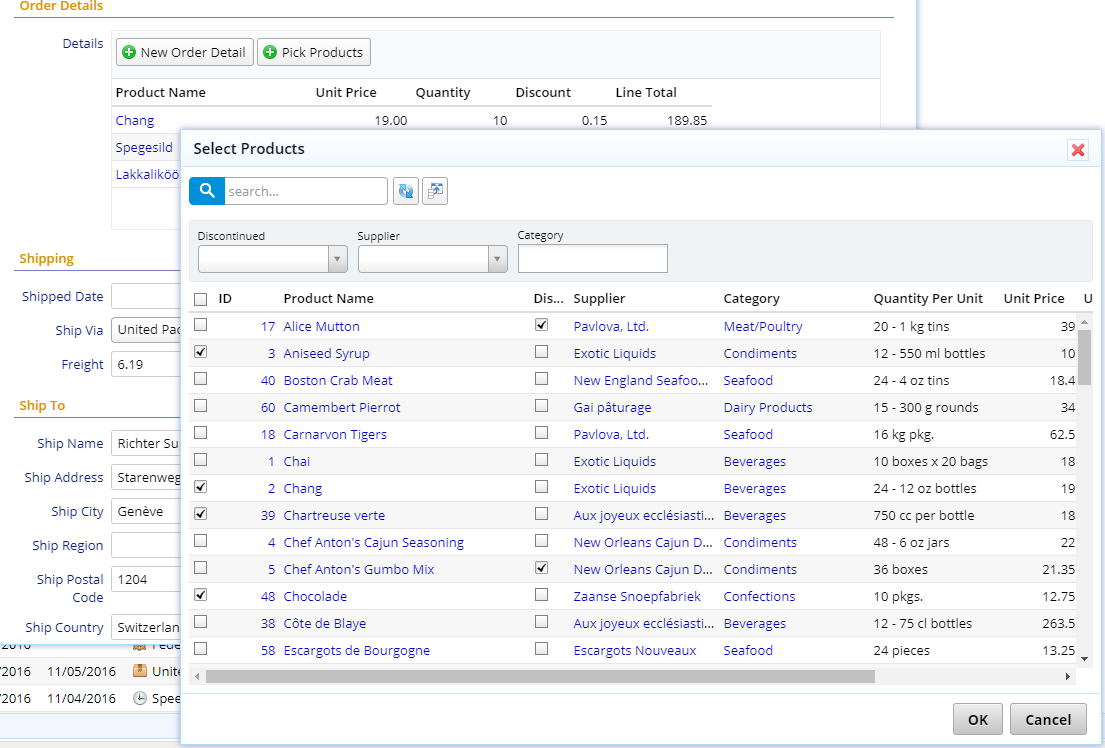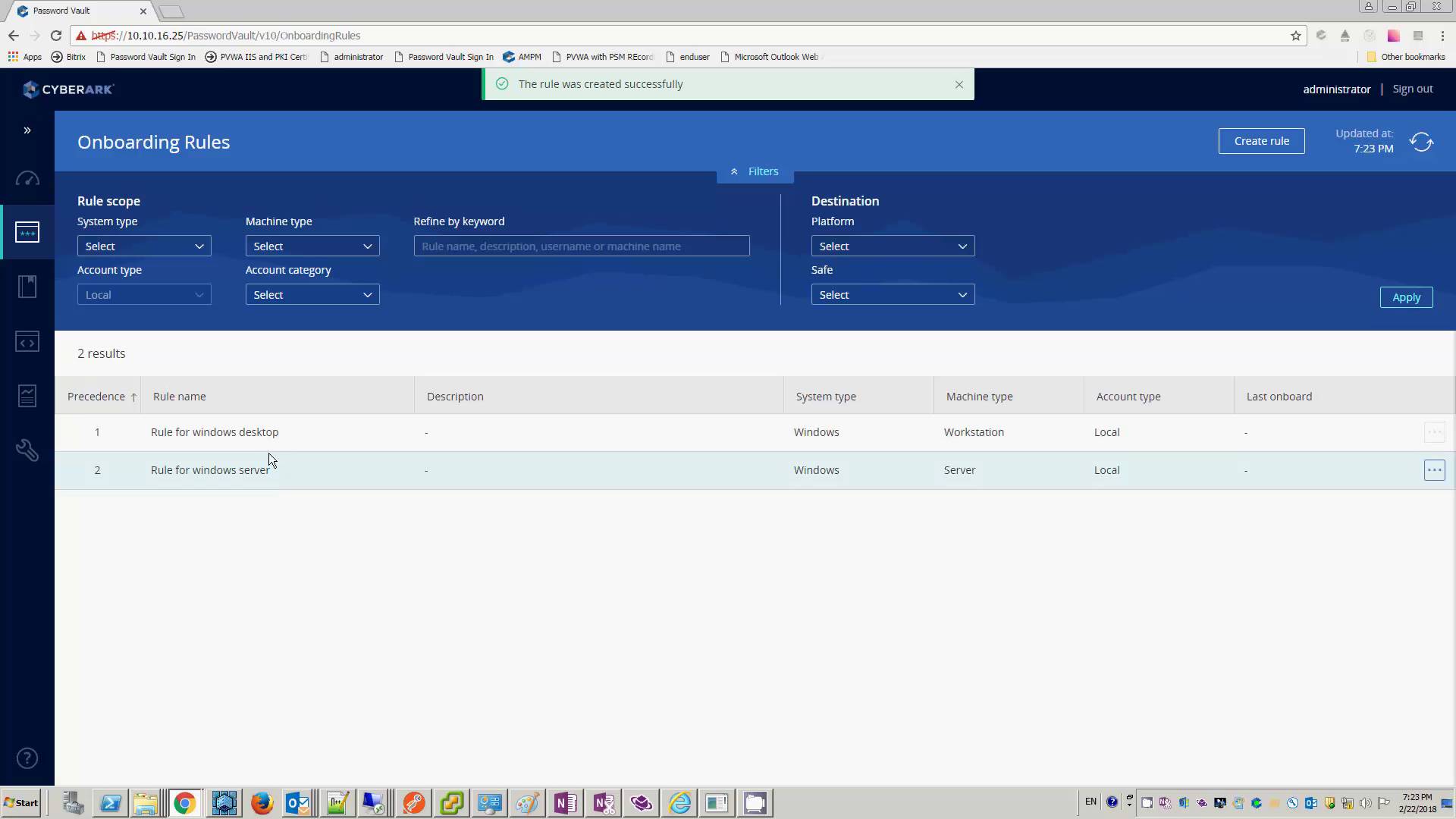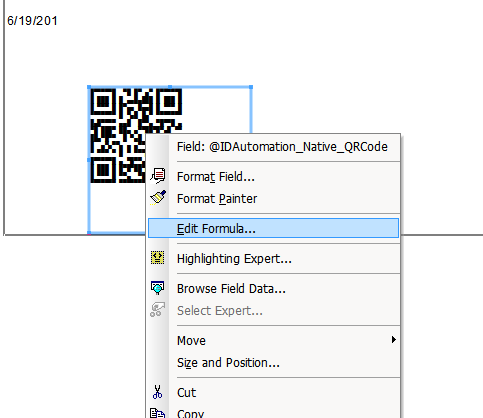
- #Native access uninstall product mac os x
- #Native access uninstall product driver
- #Native access uninstall product windows 8.1
- #Native access uninstall product code

Sudo /Applications/Cylance/Uninstall\ CylancePROTECT.app/Contents/MacOS /Uninstall\ CylancePROTECT Sudo rm /Library/Application\ Support/Cylance/Desktop/registry/LocalMachineĬylancePROTECT.app//Contents/MacOS/Uninstall\CylancePROTECT 2) In the Start Menu search bar, type regedit and press enter. Once you've confirmed the library, be sure to close Native Access. In this example, I will be removing my authorisation of Albion IV: Uist. Trust that you're typing the correct password and press Enter. 1) First, identify the library that you would like to remove from Native Access. Note: The system prompts you for your device password and does not display it on the screen when you're typing. Sudo launchctl unload /Library/LaunchDaemons/_ist Open the Terminal application by searching for Terminal in Spotlight Search.
#Native access uninstall product mac os x
Note: Depending on your macOS version and system permissions, the method described above may not be available.Īlternatively, complete the following steps to uninstall Cylance Smart Antivirus on a macOS or Mac OS X system: You are prompted for your device password.Press Enter. You are prompted to uninstall Cylance.Open Spotlight Search , and search for Uninstall CylancePROTECT.If User Account Control (UAC) is enabled, click Yes to continue uninstalling.Ĭomplete the following steps to uninstall Cylance Smart Antivirus on a Mac OS X and macOS system: If you do not see Apps, click System > Apps & features. A list of applications installed on your system display. Right-click the Start icon in the lower-left corner.

#Native access uninstall product windows 8.1
Msiexec /x Ĭomplete the following steps to uninstall Cylance Smart Antivirus on a Windows 8.1 or 10 system: Open the Command line as an administrator and run the following command: Note: You can also attempt to uninstall via Command line.

If you have icons selected instead of categories, click Programs and Features prior to this step. You must manually remove the device from the Dashboard.Ĭomplete the following steps to uninstall Cylance Smart Antivirus on a Windows 7 system:
#Native access uninstall product code
Please enter security code that you see on the above box.Note: Uninstalling Cylance Smart Antivirus on a device does not remove it from your Cylance Dashboard. Send me an email when anyone response to this For example, you can access the document at path. However, if you wish to receive a response, please include your email and name. Delete documents Delete fields Delete collections Delete data with the Firebase CLI Delete data. Sharing your feedback about this process or ask for help Here is the list of instances that we see for the process: Native Access.exeĬ:\Program Files\Native Instruments\Native Access\Native Access.exe
#Native access uninstall product driver
If you think this is a driver issue, please try Where do we see Native Access.exe ? As an example, executing the following will uninstall only ODP.NET 4: uninstall.bat odp.net4 odac or uninstall.bat odp. Let try to run a system scan with Speed Up My PC to see any error, then you can do some other troubleshooting steps. To uninstall all ODAC products, execute the following: uninstall.bat all odac or uninstall.bat all c:\oracle Each product can be also be unconfigured and uninstalled individually. What can you do to fix Native Access.exe ?

If you encounter difficulties with Native Access.exe, you can uninstall the associated program (Start > Control Panel > Add/Remove programs Let try the program named DriverIdentifier to see if it helps. Is Native Access.exe using too much CPU or memory ? It's probably your file has been infected with a virus.


 0 kommentar(er)
0 kommentar(er)
